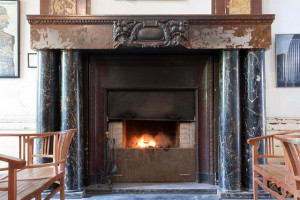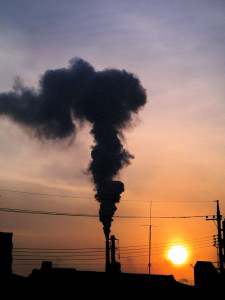 Traditionally, the autumn months are considered to be the busy season for chimney sweeps, right before the colder months of winter in which people would begin to utilize their chimneys the most. That is the very reason why it may be difficult to find a chimney sweep available in the fall due to the high demand. We recommend that you consider hiring a chimney sweep in the spring instead. Here are a few benefits of hiring a chimney sweep in the spring instead of the fall that you may have overlooked.
Traditionally, the autumn months are considered to be the busy season for chimney sweeps, right before the colder months of winter in which people would begin to utilize their chimneys the most. That is the very reason why it may be difficult to find a chimney sweep available in the fall due to the high demand. We recommend that you consider hiring a chimney sweep in the spring instead. Here are a few benefits of hiring a chimney sweep in the spring instead of the fall that you may have overlooked.
Better Schedule:
Waiting until September to hire a chimney sweep may lead to a longer wait time to schedule an appointment. By scheduling a chimney sweep in the spring, you will have a better schedule to work with when hiring a chimney sweep. They will work around your availability instead of the other way around.
Decrease Odors:
Heavy use of the fireplace will lead to creosote and ash in the chimney. Cleaning your chimney early in a year will eliminate the strong odor left behind from the creosote and ash.
Chimney Damage:
Creosote is acidic by nature. When the acid comes into contact with moisture, it can cause deterioration of the chimney’s interior. This may be avoided by removing the creosote from the chimney after heavy usage.
Repairs and Maintenance:
During your annual chimney sweep and inspection, the chimney professional will make sure that all parts of your chimney are in proper working order. If your chimney is in need of repair, the spring season will give you enough time to hire a professional to make those repairs before having to use it again.
Cost Effective:
Chimney service companies frequently offer discounts for chimney cleaning and repairs in the spring. Take advantage of discounted rates to save you money.
 foul smell. The danger of creosote is that it’s extremely combustible. Creosote can create a coating inside your pipes and chimney liners. This is the main reason why chimney’s and pipes must be cleaned and inspected periodically. To identify a
foul smell. The danger of creosote is that it’s extremely combustible. Creosote can create a coating inside your pipes and chimney liners. This is the main reason why chimney’s and pipes must be cleaned and inspected periodically. To identify a